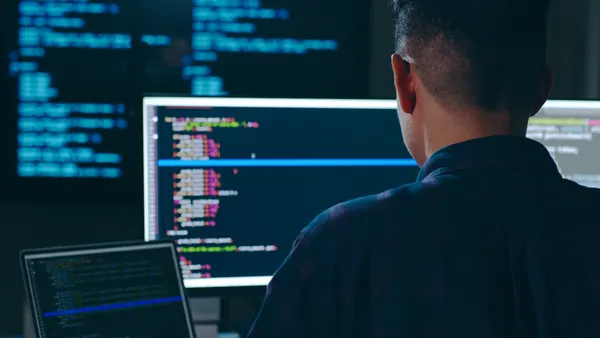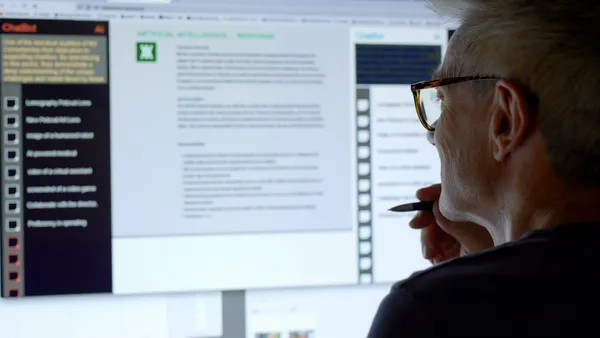Dive Brief:
- Intel has entered a restructuring process, which will shrink its workforce and flatten leadership tiers, CEO Lip-Bu Tan said in a Thursday letter to employees. The company did not respond to requests for further comment Friday.
- “There is no way around the fact that these critical changes will reduce the size of our workforce,” Tan said in the letter. “As I said when I joined, we need to make some very hard decisions to put our company on a solid footing for the future.”
- The company reported $12.7 billion in revenue during Q1, flat year-over-year. Recession concerns amid "very fluid trade policies" in the U.S. led the company to forecast a Q2 revenue contraction of up to 12%, CFO David Zinsner said Thursday during the company's earnings call.
Dive Insight:
In March, seasoned technology veteran Tan took the helm at Intel with an ambitious turnaround plan in mind. During the executive's inaugural earnings call Thursday, he described the need for a deep reset at the storied chipmaker.
“One of my biggest learnings so far is that we need to fundamentally transform our culture and the way in which we operate,” Tan said. “Organizational complexity and bureaucracies have been suffocating the innovation and agility we need to win.”
Part of the executive's action plan involves revamping the company's AI strategy, aligning Intel's product lineup with the rising demand for compute — specifically, the push toward agentic AI.
“Our goal will be to take an integrated system and platform view to develop full-stack AI solutions that enable more accuracy, power efficiency, and security for our enterprise customers,” Tan said.
A flatter executive team will let Intel provide all groups with quicker, more direct access to the CEO, according to Alvin Nguyen, senior analyst at Forrester.
“Becoming an engineering focused company by eliminating unnecessary workflows and processes sounds great, but does that eliminate guardrails and create the potential for redundant efforts?” Nguyen said in an email to CIO Dive.
“These types of changes take time,” Nguyen said. “Cultural changes this significant can often take years … Concerns are still there until their Product and Foundry businesses succeed in their turnaround.”














